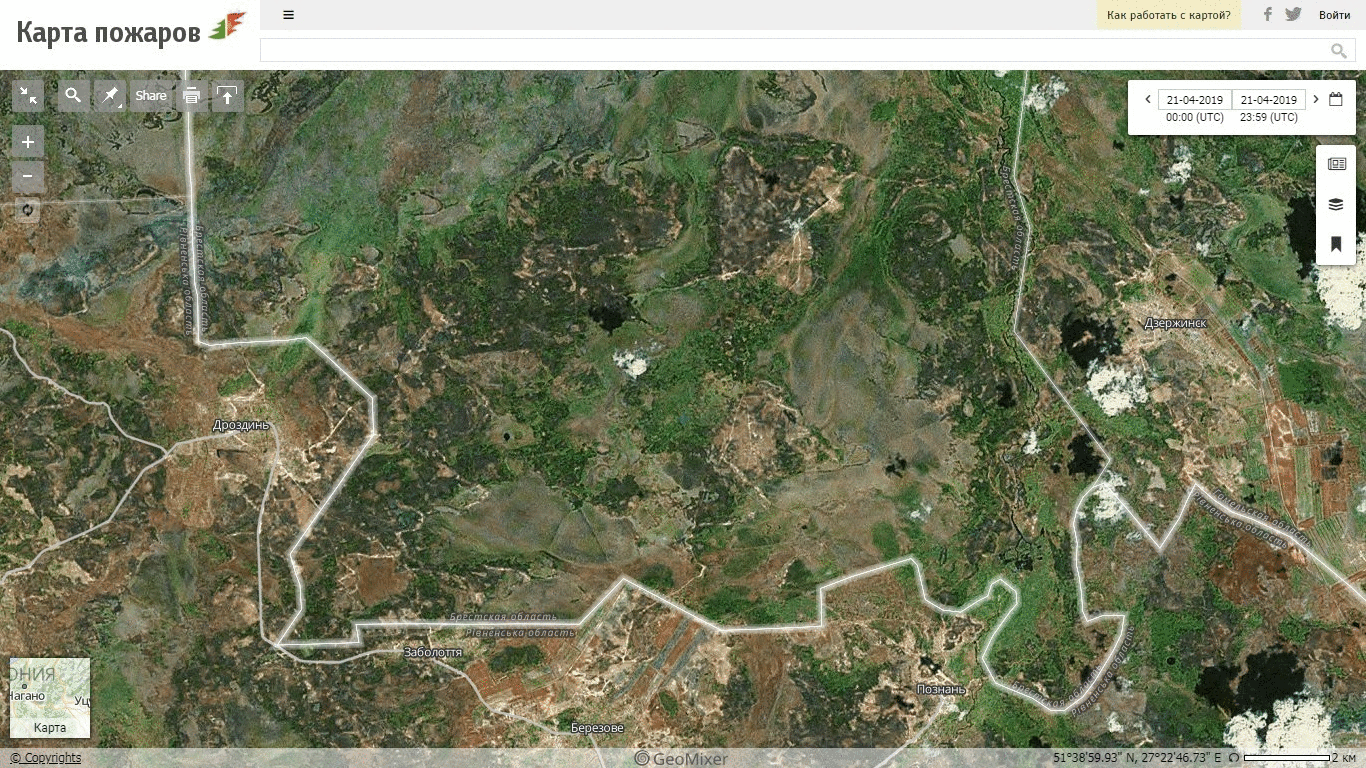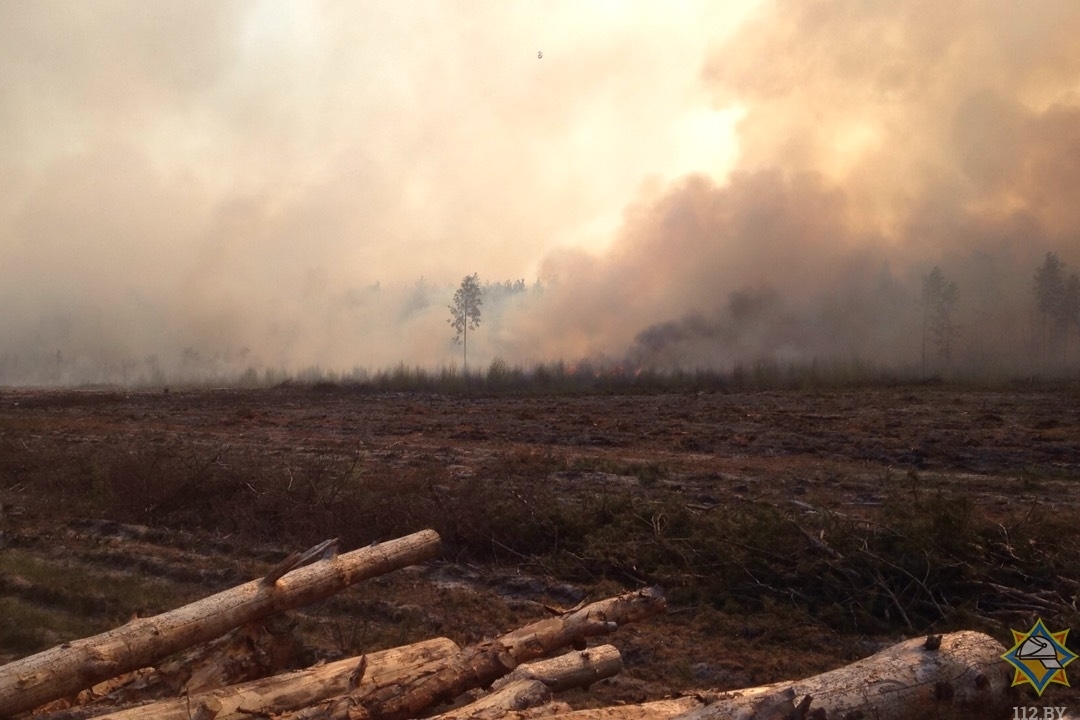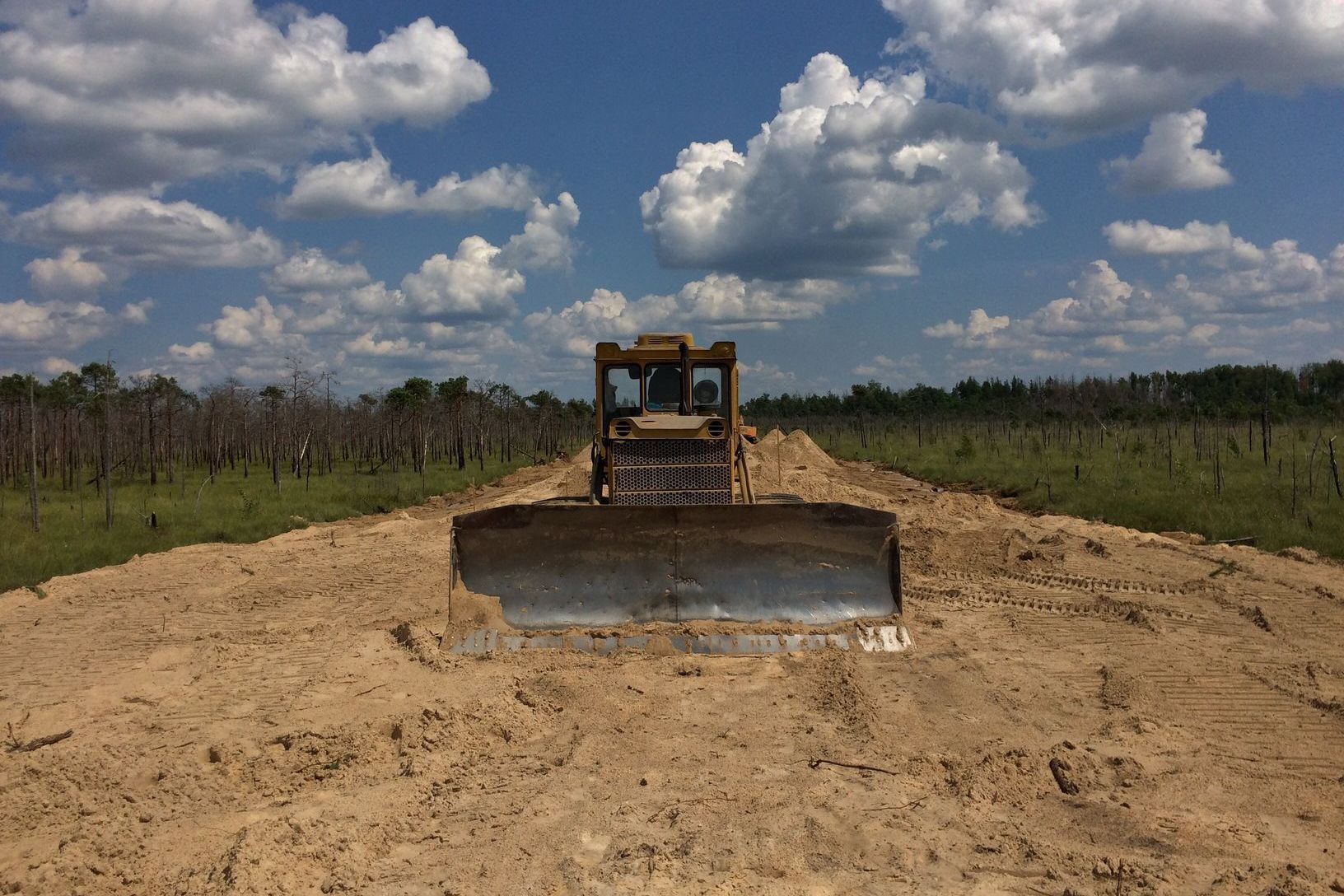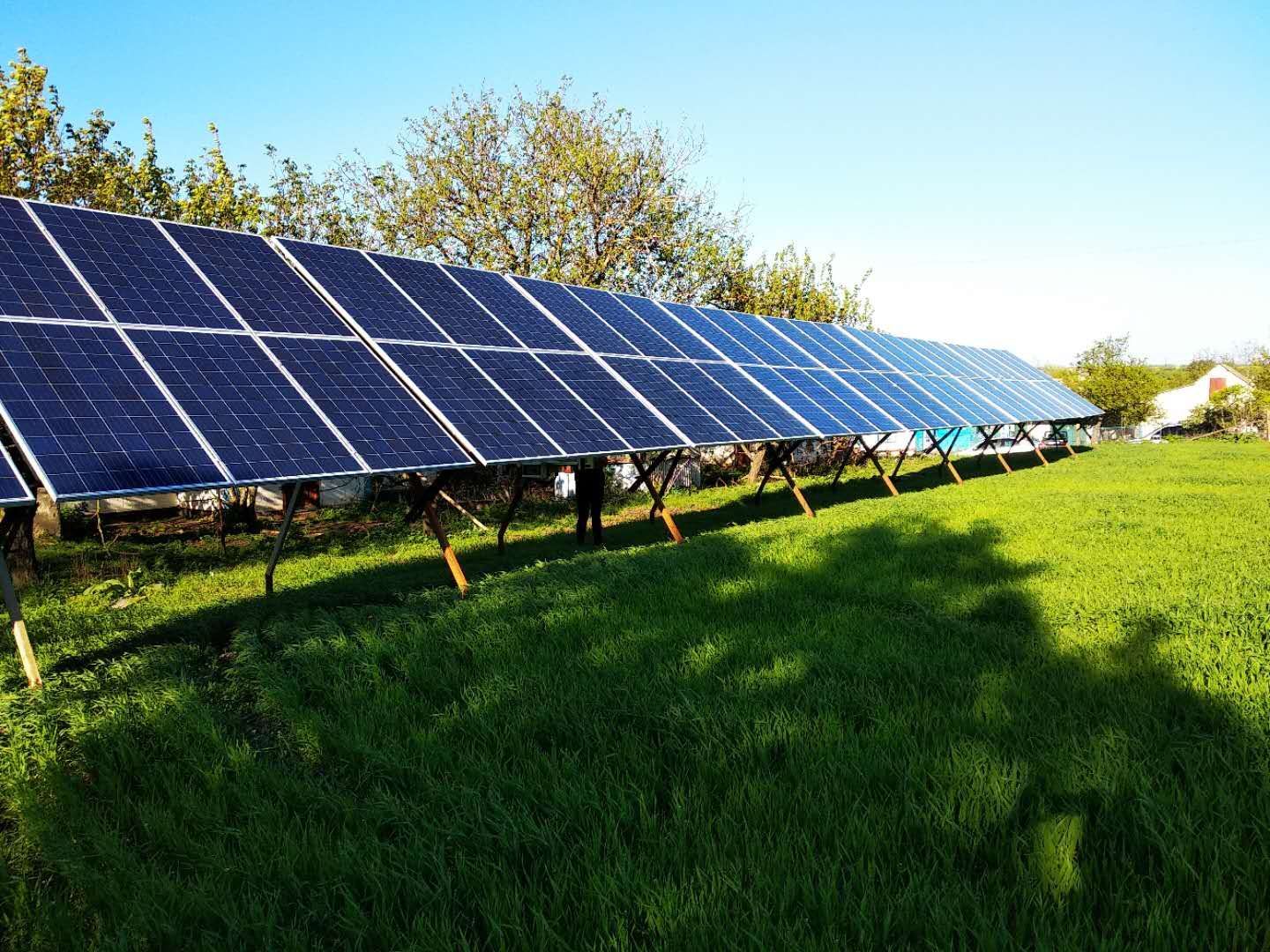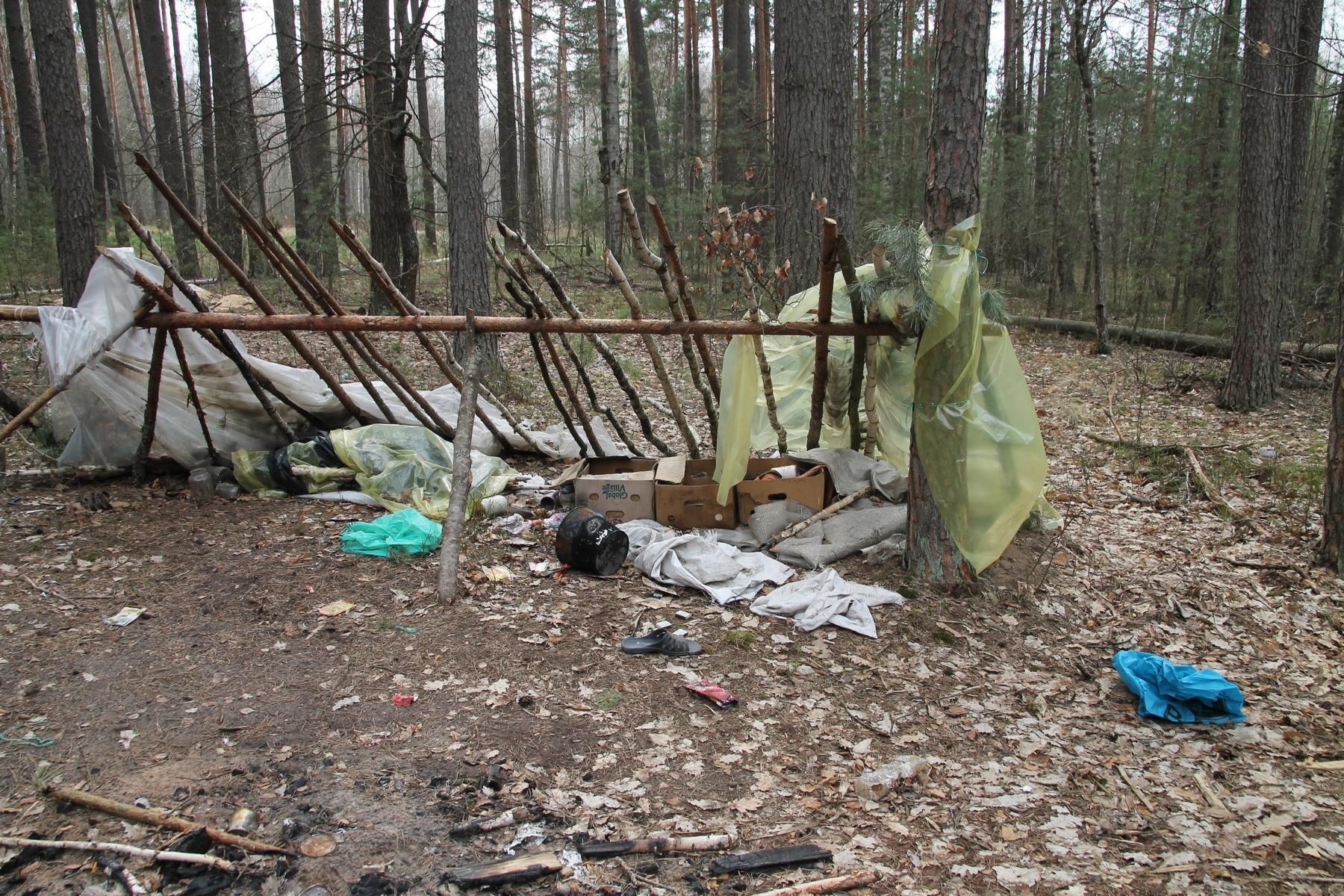Watching over the Ol'many marshlands
- Topic: Protection of rights
- Date: 2020-03-23 11:52
The marshlands of Ol’many: to stop the destruction and raise the conservation status
The marshlands of Ol’many is the largest complex of underwater (fens), transitional and above-water (bogs) mires in Europe, which has been preserved in its natural state to this day. Part of the complex is a reserve, the other part is the territory of the Stolin forestry. The reserve has enormous biodiversity. It is a habitat for all types of reptile in Belarus, more than 60% of amphibian and bird species, a huge number of redbooks and 22 globally threatened bird species. With this in mind, scientists consider the Ol’many a way more crucial protected area rather than some other popular ones, and its uniqueness allows to be recognized as a national park on both national and international standards.
The reserve which had been affected by radiation and nowadays considered as a popular berry-picking spot has a big concern about the future: a groundwater’s level is under the threshold of optimal values for the last 3 years, and the surface of the protected area has suffered from degradation due to trails beating and camp makings. The marshlands had been heavily affected by wildfires in the spring of 2019. Wildfires were over when the fire reached untouchable areas of the reserve. Ministry of Forestry (Minleskhoz) explained the new road network as a part of the fire mitigation strategy. However, the road network itself is a key driver in a violation of the hydrological regime, plus it makes the marshland more accessible. Within a few months after the road construction, it has been notable a difference from both sides of the roads: water is stored on one side, and the other one is getting dry. In the 1990s, the marshlands of Ol’many were intended to be a reserve, but the plan hadn’t been implemented. Nowadays, biologists revitalise the idea about granting the special natural area status for the marshland complex.
In recent years, these destructive actions have acquired a systemic nature for this nature preserved area of Polesie region on an unprecedented scale.
In 2019, another excuse for the nature destruction taken place due to the demand for sand for further forestry roads building. The «Forestry of Polesie» organisation (Polessky Leskhoz) and its top management have found a plausible excuse: to set up fire ponds on the site of the original sand quarries. According to our information, the construction of sand quarries within the reserve’s boundaries is illegal. The procedure of environmental impact assessment (EIA) is needed for this type of economic activity within the reserve, however, it wasn’t conducted.
The marshlands of Ol’many are notorious for illegal activity within the conservation area.
Milestones
In 2011-2013 the road planning and its further construction had been started both inside the Ol’many marshlands reserve and adjacent areas of two forestries. These actions were carried out by the Ministry of Forestry. At the end of 2014, the Management Plan of the Ol’many marshlands reserve was provided to public discussion.
“The greatest threat to the reserve’s natural complexes is the construction of a road through the entire territory of Ol’many marshlands. The constructing road network primarily aims to ensure the functioning of the Polesski Leskhoz and increase the accessibility of the reserve’s forests. The road construction and associated intensification of economic activity will lead to violation of the hydrological regime in certain sections of the reserve, disturbance enhancement, and logging increasing,” the Management Plan stated. In order to minimize the destructive effect of economic activity on the unique reserve’s landscape, the alteration of its provision was provided. «The State Program for the Development of specially protected natural areas for 2015-2019», approved by Presidential Decree # 649 from 02. 07. 2014, aimed to restrict an economic activity within the rare biotopes and high-value plant communities of the reserve.
In June 2016, a workshop was held in the city of Stolin on the issues involving protection and sustainable management of the Ol’many marshlands reserve
Among the stakeholders were: the representatives of the leadership of the Stolin region, republican and local structures of the Ministry of Natural Resources, the Pinsk Border Detachment, forestry workers, scientists, local dwellers and members of environmental organizations. The discussion raised a bunch of the most relevant issues related to the reserve’s nature conservation and economic activity on its territory: road construction, logging, mushroom- and berry-picking, research conducting, tourism development, a fee for natural resources usage and much more. Alternative solutions were offered. As an outcome of the meeting, the stakeholders left their intentions, but the problems still remain. Destructive economic activities, particularly the construction of roads and logging, had gained momentum.
During 2016-2018, more than 100 km of new roads had been constructed in the Ol’many marshlands reserve, including the roads of Border Committee and so-called security mark.
Ditches and dams were constructed along the roads soon. At the end of 2017, the public discussions of another marshlands’ ‘destruction plan’ were conducted without proper publicity. The EIA report on the subject of fire-fighting dutches construction was designed by the governmental organization named Belgiproles, on-demand of Stolin and Polessian forestries. The authors of the report suggested construction of fire-fighting dutches 24 km length and 2,2 m depth on the marshlands Krasnoye and Galo, and over 8 km within the western side of Morochno marshland in order to protect them from the fires and provide access to potential fire origin spots. It was suggested to dig up (outcome: the canals) and dam up two natural transborder marshland complexes, from which the Ol’many marshlands is the biggest wood-wetland complex in Europe that has been preserving in a close to a natural state.
In the mid-June 2018, environmental activists were alarmed again: a new road is constructing within the territory of Polessian forestry (The silvicultural road No. 3) right across the upland marsh ruining relict aeolian dunes and rare species growing locations.
Public activists of APB’s forest working group conducted their own investigation on the reserve’s current state and made a report (the full name: «The report on the results of level of verification of the law requirements in the construction of road and border infrastructure in the territory of the republican nature reserve / Ramsar site / SPNT ‘The Ol’many marshland’»).
The outcomes were shocking, especially given the fact of the reputation and positioning of Belarus at the international level in questions of Environmental law and its control system. The facts below are presented in a full version:
currently, a sand-producing practice is registred at the reserve of Ol’many marshlands, and at least 8 sand quarries are not restored on the total area of more than 10 hectares;
in the last 2-3 years, the border and road infrastructure construction triggered quarrying in a total of 10 sand quarries with the area of more than 10 hectares, it was done illegally or in violation of the law;
in some cases, quarrying led to the complete degradation of sand dunes (natural landscape alteration) with rare biotopes;
quarries were developed in special protective territories;
during the construction of road No. 3, a development of the local route reserve No. 2 (sand quarry No. 2) is in violation of the law.
In August 2018, in Utrecht (Netherlands), a discussion held by the International Mire Conservation Group (IMCG) raised this issue. The 18th General Assembly was attended by representatives from 23 countries. The resolution in support of the marshlands of Ol’many was adopted on August 31, 2018, and directed to the Ministry of Natural Resources, the Ministry of Forestry and the Ministry of Foreign Affairs of Belarus as well as to the secretariats of the Ramsar and Berne conventions.
The world’s leading mire science specialists urged to stop the destructive road construction in the Republican reserve and the Ramsar Site «The Ol’many marshlands».
We do not stand aside and try to maintain the nature and legality in the reserve, raise the problem in the media, send appeals to law enforcement agencies and control structures. However, the results of the appeals are not as effective as they could be. In 2019, the State Forestry Institution «Polesski Leskhoz» was firstly taken to administrative liability by fine imposing for compensation for damage caused to the environment. There’s a hope that other violations on the territory of the reserve will not go unpunished.
The crucial thing is to prevent a vicious practice of systemic and large-scale violations of the Environmental Law and Land legislation.
As it stands, it’s more advantageous to the forestry to be fined rather than to fulfill the requirements of the law.
As a result, damage from the demolishing the nature of such a unique wood-wetland complex as «The Ol’many marshlands» will be much bigger than a personal revenue gaining from the logging activities by forestry organizations. The value of the reserve can’t be expressed in a monetary term. First of all, it’s expressed in a climate maintenance, biodiversity conservation and other ecosystem services provision.
Ecological activists and non-government organizations in a partnership intended to take a number of steps in order to preserve the marshlands of Ol’many, among them:
to demand to stop the destruction of nature in the reserve and violations of the law, particularly in the road construction and sand quarries elaboration, and bring those responsible to justice;
to start the preparing process to enhance the reserve’s conservation status and reorganize the reserve into a national park;
to involve specialized organizations with sufficient scientific capacity, relevant positive expertise and high reputation in conducting the EIA, research underpinnings and work carried out on the reserve area.
Another violation could be a power lines construction for 16 km.
It’s required to disturb the upper vegetation layer to set up the basis construction. The power lines may soon emerge if no actions will be taken. «Bahna» conducted independent public-environmental expertise, on the basis of which the conclusions of inappropriate power line construction in the «Belenergoset’proekt» plan were reached.
Currently, «Bahna» is elaborating alternative ways of energy obtaining for the Border check-posts, e.g. via photovoltaic systems.
The rest sites with amenities for cranberry-pickers started operating last year. «The reserves of Brest oblast» foundation, again, raised the question about 4 rest sites with wooden constructions. In 3 of them, a well construction and pumping system providing sites with potable water were planned. This is a drop in the ocean, however, the reserve is suffered from high anthropogenic pressure. Many local dwellers of Polessie region – both Ukrainians and Belarussians – visit these places to pick cranberry, in which high radioactive level was registered. ‘Bahna’ has been looking for the right way to minimize the anthropogenic load on the reserve. Unlike Belarus, the Ukrainian side hasn’t even set up a term for mushroom- and berry-pickings. The marshland continues to be overtrampled and contaminated to a large extent.
Watch the video of fire liquidation in Stolin region here in the link.
The Ol’many marshlands reserve’s database is here.
